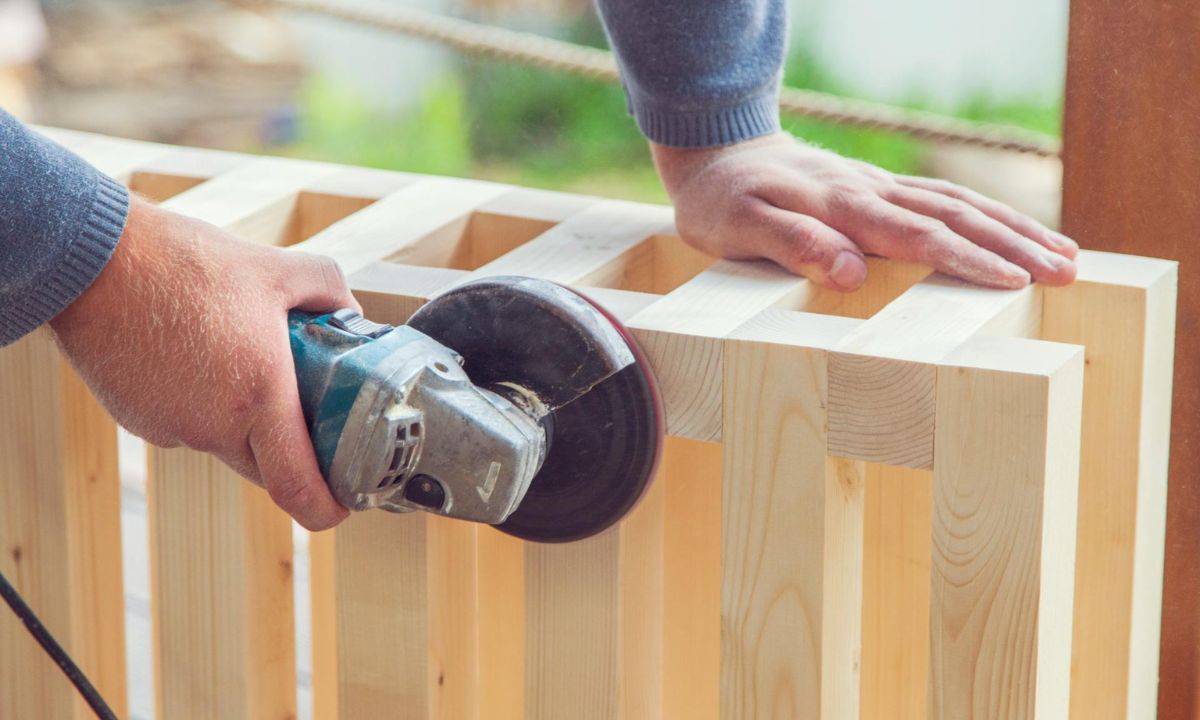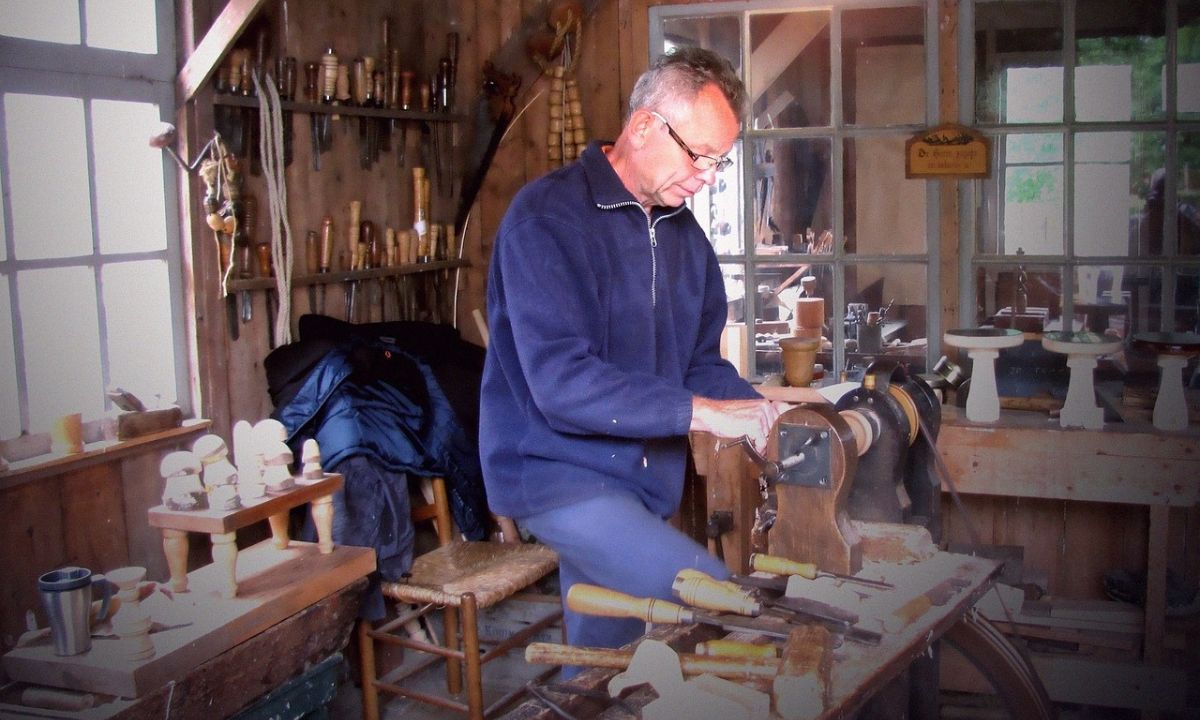Exploring Traditional Woodworking Techniques
This ancient skill in woodworking still retains much of the essential workmanship and flair from the rudest of rudimentary tools down to sophisticated ones and techniques intact until today. Centuries of history in these traditional woodworking arts set the imagination both of modern experts and amateur skilled persons ablaze. The aim of this paper, therefore, will be to investigate the richly deep history, essential hand tools, and timeless methods of traditional craftsmanship with wood in traditional woodworking and provide insight as to why the timelessness of this craft is still relevant now.
Take Your Woodworking to the Next Level! Build 16,000 Woodworking Projects With Step-By-Step Plans
History of Traditional Woodworking
The art of woodworking harks back to very ancient times when early humans resorted to using stone-made tools to manipulate wood into a useful form. For example, the Egyptians made it into intricately carved wooden furniture and implements while the Greeks and the Romans further took it ahead with finer instruments like saws and planes.
The professionalizing Europe replaced the artisan culture of the woodwork with guilds of craftsmen. The mortise-and-tenon joints laid the groundwork, among other methods, that exist for woodwork in present times through the dovetailing.
The Industrial Revolution mechanized processes, yet these old ways somehow survived because they were both accurate and an art. Today, traditional methods are appreciated in woodworking for sustainability, skill, and for the special relationship it builds between the craftsman and the material.
Traditional Woodworking: Essential Tools

Traditional woodworking can be accomplished with a set of hand tools that, over the centuries, have changed little. Traditional hand tools can be held in very high regard for their precision, control, and the closeness to the trade.
Hand Saws
The tools used when working with wood are varied and range in size and shape: saws to crosscut; specialty saws include the dovetail saw, used in fine joinery work.
Chisels and Gouges
These various chisels would be used in carving, shaping, and detailing of wood where the various gouges would be used in hollowing and curving of wood. Both take a lot of skill and patience yet yield unparalleled control.
Hand Planes
Smoothing and squaring of wood surfaces are done through an application of hand planes. Bench planes cater to a good number of general-purpose activities; the employment of block plane holds good as related to all kinds of working required for chinking the ends when grained refinement at joins are concerned.
Mallets and Hammers
The chisels and other cutting tools have been driven with great exactitude in delivering force in a controlled manner without causing any damage to the workpiece by using wooden mallets and hammers.
Measuring and Marking Tools
Woodworking requires accuracy, and hence, the tools like combination squares, marking gauges, and sliding bevels ensure the job is accurately measured and laid out.
Traditional Woodworking Techniques
Traditional woodworking in itself speaks about craftsmanship, precision, and sustainability. The craft passed down traditionally is considered as highly valuable and long-lasting for beauty and durability.
Joinery
Joinery is the art of putting pieces together without using a single nail or screw. Works of mortise-and-tenon joints, dovetail joints, and tongue-and-groove joints are the features that make them famous with strength and beauty. A feat of skill and patience, such works present furnishings and structures for generation after generation to enjoy.
Carving and Whittling
Whittling: less detailed in nature than carving; often done on smaller, sometimes ornamented pieces. Carving: This would involve the process of removal of wood to make different shapes and patterns in it. Both applications require a steady hand and a keen eye for fine details.
Steam Bending
The techniques involved in the making of curvaceous lines in wood include steam bending. This includes applying steam to make the wood pliable then bends into the desired shape, then dried. This is an ideal method that should be used for producing furniture and architectural elements gracing in curves.
Wood Finishing
Natural oils, waxes, and shellac remain the traditional means of protection and wood enhancement. Apart from that, all the finishes come to be friendly with the ecosystem and add warmth while giving a hand-made feeling to the product.
Care and Maintenance of Hand Tools
Another important aspect in the trade is the maintenance of traditional woodworking tools. This includes regular sharpening, cleaning, and preventing rust among other ways aimed at maintaining the tool in top condition ready for action.
Build 16,000 Woodworking Projects With Step-By-Step Plans
Benefits of Traditional Woodworking

Among other benefits, traditional woodworking boasts sustainability and personal satisfaction.
Sustainability
It is the traditional woodwork that does not use anything and any practice that harms the environment. Any work done by artisans using wood which is gained sustainably and without using chemical finishes is considered eco-friendly.
Handicraftsmanship
It is these sets of skills which require patience thus making each piece of more utility value hence, art. This minute precision and fineness of craftsmanship in the art of traditional woodworking is something which has remained uncontested even today.
Therapeutic Experience
To most woodworkers, this employment of hand tools is somewhat therapeutic and almost meditative. The sawing, planning, and carving rhythm can be said to be an experience through which satisfaction is obtained unto itself.
Ties to History
The craftsmanship of woodworking ties one with the rich history of craftsmanship. The working on skills and use of tools passed down from previous generations reflect respect to those that came before the woodworkers themselves.
Contemporary Applications of Traditional Techniques
While the time-honored techniques are used to this day as a form, perhaps not necessarily so steeped in the past.
Custom Furniture
In this day and time, many designers can infuse the traditional methods into pieces of furniture that are designed for custom usage. Hand-carved details and age-old joinery give this modern-day creation authenticity and craftsmanship.
Architectural Restoration
They can also apply it to building restoration. Applicators recreate all the intricate details of woodworks using only those very same traditions that keep any such building’s historical importance intact.
Artistic Woodwork
Artists have combined the old techniques with fresh ideas of design to bring out works which are unique, from sculptural woodwork to a single decoration.
Preservation of Traditional Woodworking
We move forward and deeper into an increasing age of digitization, but the only single aspect that has to be considered crucial and not be left behind is that these conventional skills related to woodworking need to be retained.
Education and Apprenticeships
Workshops, classes, and apprenticeships make sure traditional skill passes on to the next generation. North Bennet Street School and Penland School of Craft make it possible by immersive experiences for young woodworkers.
Online Forums and Social Media Groups
Knowledge sharing, questioning, and even showcases of your work can always find an avenue on social media groups and forums. This also might be the other way whereby the traditional techniques shall make their niche in the digital present.
Cultural Preservation
The traditional woodworks are part of our cultural heritage; their preservations would therefore be a respectful reflection to the ancestors in so far as skills and ingenuity are concerned.
Build 16,000 Woodworking Projects With Step-By-Step Plans
Conclusion
Traditional skills are always a testimony to the ingenuity and creativity of humans—from Egyptians to the modern craftsman. Taking that world around us and changing it into functional and beautiful pieces that stand the test of time—really, this is a true testimony from our ancestors. Be one who’s a skilled craftsman or just getting familiar with it, traditional skills in woodworking add another level of appreciation.
If you get inspired enough to begin your own woodwork, then read on through this step-by-step how-to guide to get you running. To know more about tips and resources, see this expert resource. Traditional woodwork is simply endless—from simple shelving to intricate furniture pieces.
Keep in mind that traditional woodworking requires a great deal of patience, practice, and respect towards the craft. Now, get your tools out and enjoy the process; it will be fun to make a timeless piece of work. For more inspiration, have a look at this ultimate guide and get started.
Take Your Woodworking to the Next Level! Build 16,000 Woodworking Projects With Step-By-Step Plans
Can You Make Money Selling Woodworking Projects?
What Woodworking Project is Most Profitable?
How to Make Money Fast with Woodworking?
What is the Highest Paid Woodworker?
Is Woodworking a Good Business to Start
What is the Best Platform to Sell Woodworking Projects?
How to Sell Wooden Items Online?
Woodworking Related Topics And Tags: Traditional woodworking Techniques, Traditional Woodworking, Woodworking Techniques, Hand Tools for Woodworking, Joinery and Carving, Sustainable Woodworking, Woodworking History, Handcrafted Furniture, Woodworking for Beginners, Wood Finishing Techniques, Timeless Woodworking Crafts
